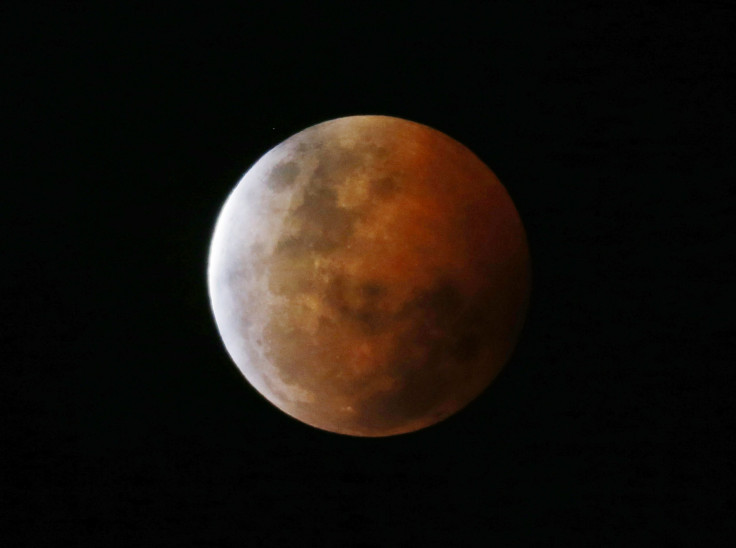'Super Flower Blood Moon': Full Moon, Total Lunar Eclipse Happening This Weekend
KEY POINTS
- There will be a total lunar eclipse from late Sunday to early Monday morning
- It will be visible in various areas including West Africa and most of North America
- Livestreams of the event will also be available
Skywatchers are in for a treat because the "super flower blood moon" is set to grace the skies this weekend. This is only the first total lunar eclipse of the year.
The next full moon will be very early on May 16 at about 12:14 a.m. EDT, NASA noted. Just like the other full Moons, the May full moon has quite a few names it's known by. One of these is the Flower Moon, which was given by the Algonquin tribes because of the flowers that become abundant this time of the year. Other names for it include the Egg Laying Moon (Cree) and the Moon of the Shedding Ponies (Oglala), after animals' activities during the season.
But apart from being the full moon for the month of May, the Flower Moon is actually quite special because it's also the first supermoon of the year and will also coincide with a total lunar eclipse. All in all, it's a "super flower blood moon" with "blood" pertaining to the eerie reddish hue of the moon because of the eclipse.
Those who would like to watch the eclipse will have to stay up a bit late Sunday evening to early Monday morning. While the moon will begin entering the Earth's shadow at 9:32 p.m. EDT Sunday, the color change may not be as obvious until a little later, when it enters the darkest part of the shadow at 10:27 p.m. The totality will begin at about 11:29 p.m. with the peak of the eclipse happening at 12:11 a.m. Monday morning. The moon will emerge from the shadow starting at 12:54 a.m. and will complete its exit by 2:51 a.m.
This will be visible for those who are in South America, Western Africa, most of North America and parts of Western Europe, according to The Old Farmer's Almanac. A partial eclipse will also be visible in southern Alaska and from the Pacific Northwest to British Columbia.
Those who aren't in the areas where it will be visible need not worry because livestreams of the event will also be available. For instance, TimeandDate will share live coverage of the total lunar eclipse, while the Virtual Telescope Project will also share the view of the event from Rome and other spots in the Americas.
But those who really won't get a chance to view it live still have a chance to see an eclipse in 2022 because this is only the first eclipse season for the year. There will be a partial solar eclipse in October and another total lunar eclipse in November.

© Copyright IBTimes 2024. All rights reserved.






















